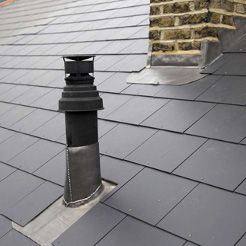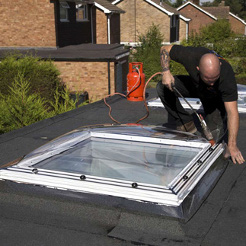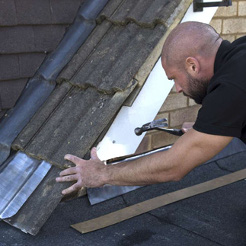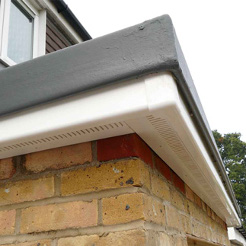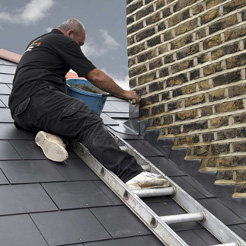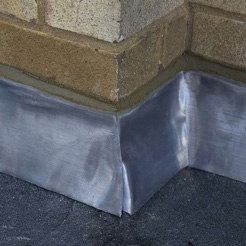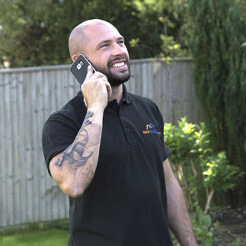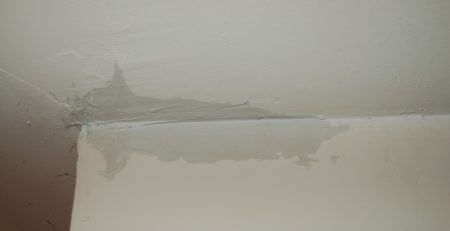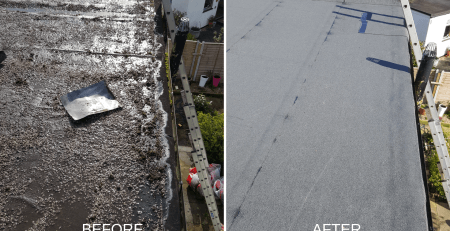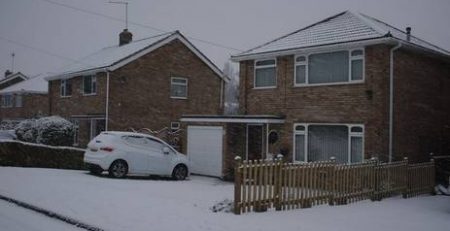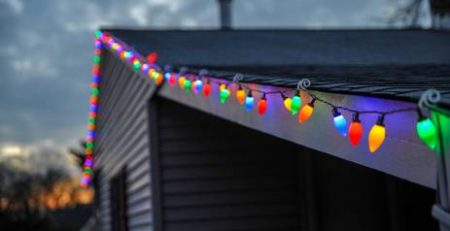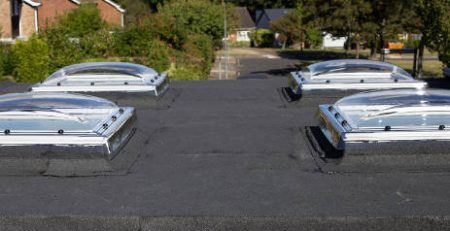Roof flashings are not something most people think about unless there is a problem and they need to be replaced. While it may not be at the forefront of your mind, flashings are a critical element of any roof. Roof flashings are designed to create a seal between your roof coverings – such as slates, tiles or flat roof materials – and the roof penetrations and abutments, i.e. chimney stacks, parapet walls and property walls. Properly installed roof flashings are designed to protect your home by providing cover, and channelling water away from potential leaky areas. While lead has been used for many years, new alternatives are now available on the market so our focus in this month’s article is on the pros and cons of both lead and synthetic alternatives to help you make an informed decision when the time comes to have your flashing repaired or replaced.
Lead flashing
Lead has been the primary material for flashing for a very long time, and with good reason. As a construction material it is:
- Soft and malleable, making it easy to mould into those corners and joints – can be bossed or welded, depending on the complexity of the roof detail.
- Water resistant and does not corrode in air, nor do sunlight and UV light affect it.
- Well-established, easy to work with and even easier to find. It comes in rolls making it straightforward to install and manage.
- Long lasting, most buildings will already be using it and it will last for years to come.
- 100% recyclable, therefore, seen as an environmentally friendly material.
As with all materials though there are a small number of downsides, including:
- Being a metal, it can be expensive.
- It can also be targeted by thieves who sell it for scrap, although instances of this are falling.
- It is a dense metal, making it heavy to handle.
- You must work safe when installing lead, please follow this link to find out more http://www.hse.gov.uk/lead/index.htm
Synthetic flashing
What about the alternatives then? Synthetic materials are becoming increasingly popular because they are:
- Cheaper to purchase and install in most cases.
- Less likely to be targeted by thieves as they do not have any scrap value.
- Not as heavy to manage, nor do they require any special handling.
However, there are a number of disadvantages too, including:
- They are not as malleable as lead, making them a little trickier to install in those hard-to-reach places.
- It may not be possible to use them on certain buildings. If a property is listed or is in a conservation area, then lead may be the only option to maintain the character and history of the building or area. It is always worth checking with your local authority before making a decision. Even if your building is not a period property, lead flashing may be more suitable aesthetically.
- They will not last as long as lead, although they may come with some guarantees. In reality, you are more likely to replace synthetic materials much sooner than traditional lead.
Overall, we recommend using traditional lead flashings in 99% of situations where roof flashings need to be replaced. If it’s not broken, then don’t fix it – lead is a brilliant material that will be used on roofs for many more years to come.
For professional advice on the right flashing materials for your home, or for any roofing work, don’t hesitate to get in touch with our specialist team at Roof Rescue. You can call us on 020 3189 1618 to make an appointment for one of our team members to visit and provide their recommendations, or just for some friendly advice.

